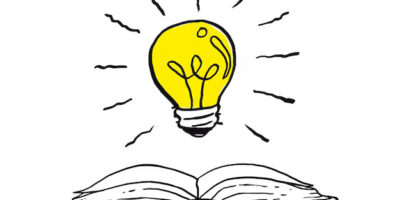As most people are aware, the new environment building on campus is targeting LEED platinum certification – the highest possible in the rating system. This is a great demonstration of the University’s commitment to sustainable design but it is only one of several buildings to be constructed in the last few years. It would seem more genuine if we built all of our buildings to a high environmental standard.
Commercial buildings are designed to last upwards of 75 years, quite a long-term investment. If we build an inefficient building now, it will require larger quantities of electricity and fossil fuels to heat, cool, and light it, over the building’s entire lifetime. From an environmental perspective this is disconcerting, considering that mitigating climate change requires that we reduce our greenhouse gas emissions. The Intergovernmental Panel on Climate Change (IPCC) estimates that the building sector is responsible for approximately one third of global greenhouse gas emissions and that 30% of these emissions can be mitigated at a net benefit by 2020. New buildings can achieve the largest savings (up to 80% of the operational costs), often at little or no extra upfront cost.
From an economic perspective 75 years is a long time to receive payback on good design decisions. For example, a building envelope with a high level of insulation may cost more upfront but you only have to pay that once. If you skip the insulation, you will be paying considerably more every year to heat and cool the building, as well as requiring larger heating and air conditioning equipment to begin with. The rising costs of fuel should also be taken into account as natural gas becomes harder and harder to find and extract. Although I haven’t crunched the actual numbers a simple payback period calculation should be enough to demonstrate the financial viability of a ‘green’ building technique. It is mostly an issue of ensuring that sustainability is factored into the design from the start of the design process.
Although energy efficiency usually receives the most attention from an environmental standpoint, there are other metrics. For example, Environment 3 treats its own wastewater with a series of constructed wetlands and also collects rainwater. Water efficiency hits particularly close to home in a region that gets most of its water from the ground and is considering building a pipeline from lake Erie to sustain predicted growth. Other sustainable design factors include indoor environmental quality, the materials used in building construction, and the siting of the building. At UW we are obviously limited in where we can locate buildings but we can choose building materials with a lower environmental footprint (e.g., natural materials or ones produced locally) and materials that don’t degrade indoor air quality (e.g., non-toxic paints and finishes).
UW does not have a policy on new construction as can be easily verified by looking at the list of policies (some might be familiar with Policy 71). McMaster, Lakehead, Western, and the Region of Waterloo have all instituted sustainable building policies that require new construction to achieve LEED silver certification or higher. While LEED certification is not perfect, it is the current standard in ‘green’ building design and is probably the best way to implement such a building policy. Here’s hoping that UW jumps on the bandwagon.




Leave a Reply